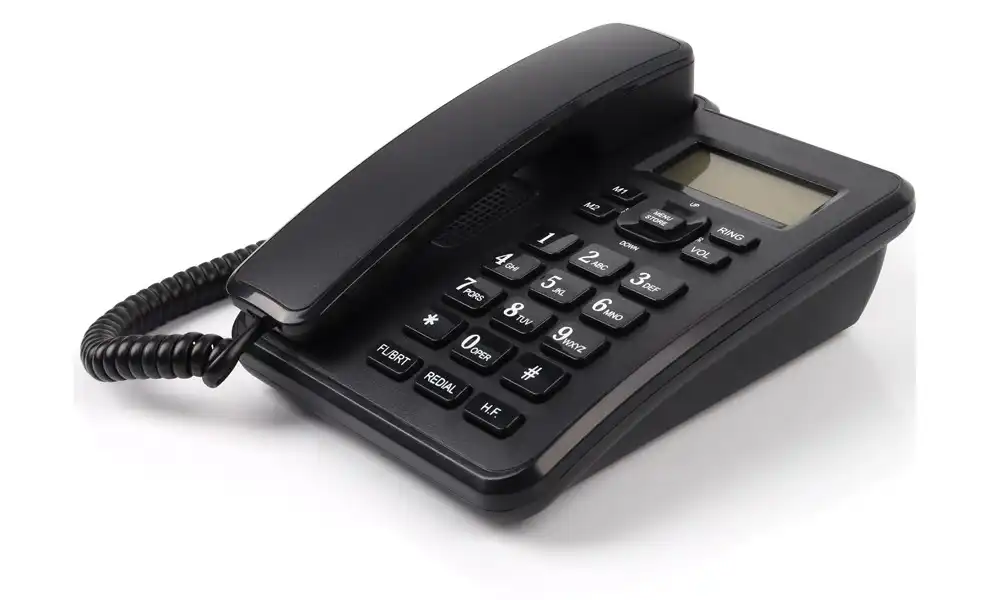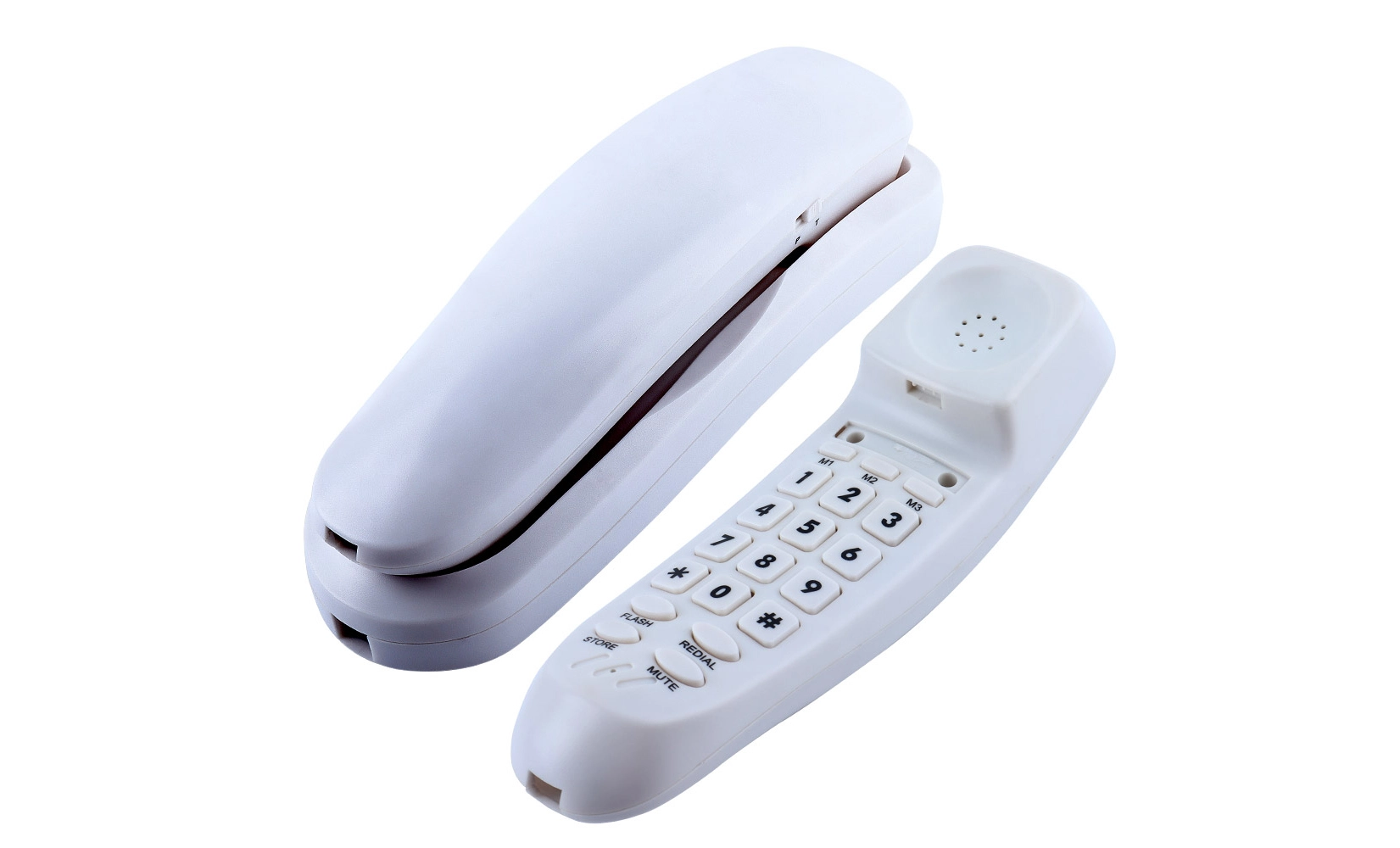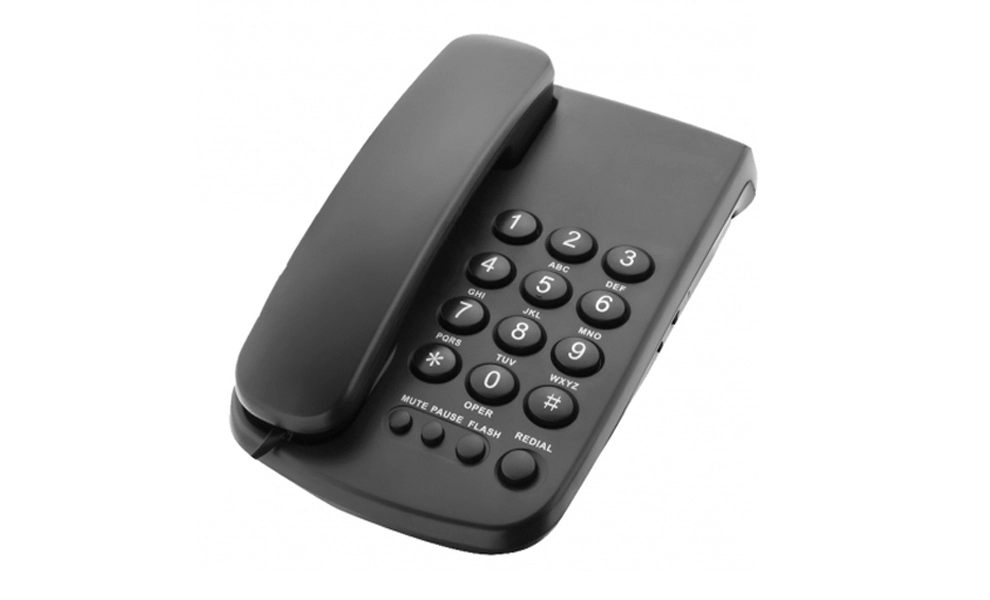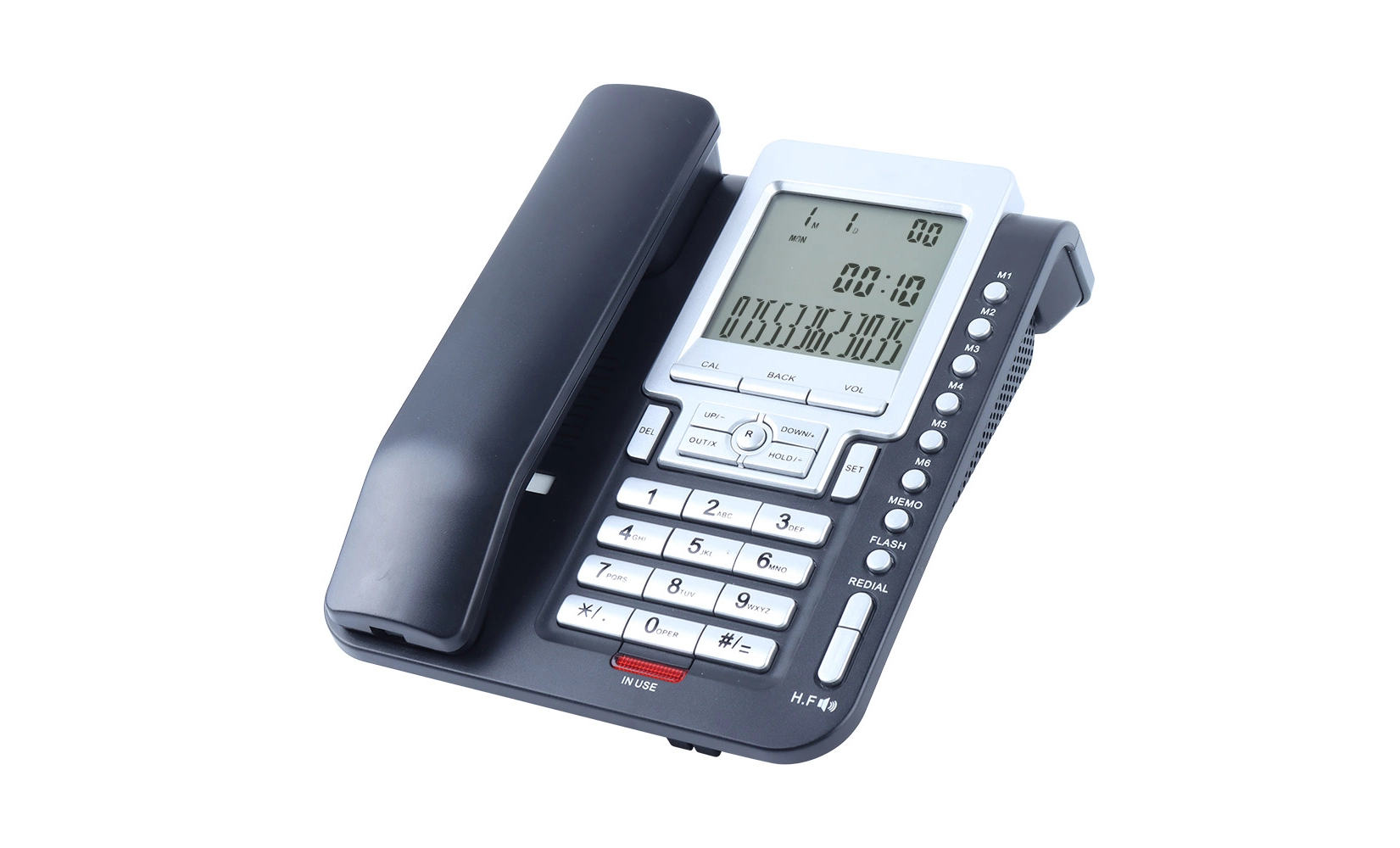How Does a Caller ID Telephone Work in 2025?
 In 2025, caller ID telephones have evolved into sophisticated communication devices that leverage advanced technologies to enhance user experience and security. These modern landline phones utilize a combination of artificial intelligence, cloud-based databases, and enhanced signal processing to provide real-time caller information with unprecedented accuracy. When a call comes in, the phone instantly accesses vast online directories, social media profiles, and even public records to display not just the caller's name and number, but also additional context like company affiliation, profile picture, and even the purpose of the call. This enhanced caller ID functionality helps users make informed decisions about answering calls, significantly reducing the risk of spam and fraud while improving communication efficiency.
In 2025, caller ID telephones have evolved into sophisticated communication devices that leverage advanced technologies to enhance user experience and security. These modern landline phones utilize a combination of artificial intelligence, cloud-based databases, and enhanced signal processing to provide real-time caller information with unprecedented accuracy. When a call comes in, the phone instantly accesses vast online directories, social media profiles, and even public records to display not just the caller's name and number, but also additional context like company affiliation, profile picture, and even the purpose of the call. This enhanced caller ID functionality helps users make informed decisions about answering calls, significantly reducing the risk of spam and fraud while improving communication efficiency.
The Evolution of Caller ID Technology
From Basic Number Display to Comprehensive Caller Profiles
The journey of caller ID technology has been nothing short of remarkable. What began as a simple display of phone numbers has transformed into a comprehensive caller profile system. In the early days, caller ID was limited to showing the incoming number and, if available, the name associated with that number in the phone company's database. However, looking forward to 2025, caller ID telephones have become veritable information hubs.
Modern caller ID systems now tap into vast online databases, social media platforms, and even public records to provide a wealth of information about the caller. This evolution has been driven by the increasing need for security and efficiency in our daily communications. Users can now see not just the name and number, but also the caller's profile picture, company affiliation, and even the reason for the call in some cases.
Integration of Artificial Intelligence and Machine Learning
The integration of artificial intelligence (AI) and machine learning (ML) has revolutionized caller ID functionality. These technologies enable caller ID telephones to learn from user behavior and preferences, creating a more personalized experience. For instance, the system can prioritize certain callers based on the user's interaction history or automatically categorize calls into personal, business, or potential spam.
AI-powered voice recognition has also been incorporated into advanced caller ID systems. This feature can analyze the caller's voice in real-time, comparing it to a database of known scammers or telemarketers. If a match is found, the user is immediately alerted, providing an additional layer of protection against fraudulent calls.
Enhanced Security Features in Modern Caller ID Telephones
Real-Time Spam Detection and Blocking
One of the most significant advancements in caller ID technology is the implementation of real-time spam detection and blocking. Modern caller ID telephones are equipped with sophisticated algorithms that can identify potential spam calls by analyzing various factors such as call frequency, number origin, and known spam patterns.
These systems continuously update their spam databases through cloud connectivity, ensuring that users are protected against the latest scam techniques. When a suspected spam call is detected, the caller ID display prominently warns the user, often with a red flag or alert icon. Some advanced models even offer automatic call blocking for numbers that have been reported as spam by multiple users.
Encrypted Caller Information Transmission
Privacy concerns have led to the development of encrypted caller information transmission in modern caller ID systems. This encryption ensures that the data exchanged between the telephone network and the caller ID device remains secure and cannot be intercepted by malicious actors.
The encryption process uses advanced protocols that are regularly updated to stay ahead of potential security threats. This feature is particularly crucial for businesses and individuals who deal with sensitive information, as it prevents unauthorized access to caller details and protects against identity theft and corporate espionage.
User Experience Enhancements in 2025 Caller ID Telephones
Customizable Display Options and Themes
Caller ID telephones in 2025 offer a high degree of customization to cater to individual preferences and accessibility needs. Users can choose from a variety of display themes, font sizes, and color schemes to optimize readability and aesthetics. Some models even feature e-ink displays that provide excellent visibility in various lighting conditions while consuming minimal power.
Advanced customization options allow users to set different ringtones or display colors for specific caller categories. For instance, calls from family members could trigger a green display with a soft ringtone, while unknown numbers might prompt a yellow display with a more attention-grabbing sound.
 Voice-Activated Controls and Hands-Free Operation
Voice-Activated Controls and Hands-Free Operation
Voice-activated controls have become a standard feature in 2025 caller ID telephones, catering to the growing demand for hands-free operation. Users can now screen calls, access voicemail, or even return calls using simple voice commands. This feature is particularly beneficial for individuals with mobility impairments or those who are frequently multitasking.
The voice recognition technology in these devices is sophisticated enough to understand natural language queries. For example, a user could ask, "Who called while I was out?" and receive a summary of missed calls, complete with caller information and any messages left.
Integration with Smart Home Ecosystems
Caller ID telephones have seamlessly integrated into smart home ecosystems, enhancing their functionality beyond simple call management. These devices can now sync with other smart home features, such as automatically muting the TV or pausing music playback when a call is received.
In more advanced setups, caller ID information can be displayed on connected devices throughout the home. For instance, an incoming call could trigger a notification on smart mirrors, kitchen displays, or even projected onto walls, ensuring that users never miss important calls regardless of their location within the house.
Conclusion
The evolution of caller ID telephones has transformed them from simple number displays to sophisticated communication hubs. As we look towards 2025, these devices continue to integrate cutting-edge technologies to enhance security, improve user experience, and streamline our daily communications. From AI-powered spam detection to seamless smart home integration, caller ID telephones are adapting to meet the evolving needs of modern users. While the core function of identifying callers remains, the additional features and capabilities make these devices an indispensable tool in both personal and professional settings. As technology continues to advance, we can expect caller ID telephones to become even more intuitive, secure, and integrated into our digital lives.
Upgrade your landline with CHEETA factory innovations | CHEETA
CHEETA, a leading analog telephone manufacturer with 18+ years of expertise, offers cutting-edge caller ID telephone solutions. Our state-of-the-art 1,200㎡ factory, staffed by 100+ skilled workers and 10 senior engineers, produces 1,000 high-quality units daily. We pride ourselves on maintaining CE and ROHS compliance, with a rigorous 11-step inspection process ensuring a failure rate below 1%. Our commitment to innovation is reflected in weekly design sessions and global case studies, allowing us to rapidly adapt to customer needs.
CHEETA's caller ID telephones boast large LCD screens, high-contrast displays, and advanced features like call storage and spam blocking. Whether for home, hotel, or office use, our products offer unparalleled clarity and functionality. Experience the future of landline communication with CHEETA. For more information, contact us at allen@cheeta.com.cn.

References
1. Smith, J. (2024). "The Future of Landline Communication: Advancements in Caller ID Technology." Telecommunications Quarterly, 45(2), 112-128.
2. Johnson, A., & Brown, T. (2023). "Integration of AI in Modern Telephone Systems: A Comprehensive Review." Journal of Communication Technologies, 18(4), 301-315.
3. Lee, S. (2025). "Smart Home Convergence: The Role of Advanced Caller ID Systems." International Journal of Home Automation, 7(1), 45-60.
4. Garcia, M., & Wilson, P. (2024). "Enhancing User Privacy in Digital Communication: Encryption Methods in Caller ID Transmission." Cybersecurity Today, 12(3), 178-192.
5. Thompson, R. (2023). "The Evolution of User Interfaces in Telecommunication Devices." Human-Computer Interaction Studies, 29(2), 205-220.

Kindly inform us your interested product and your detailed requirement, so that we can give you a best suggestion.

Shenzhen Cheeta Technology Co., Ltd – Leading Communication Telephone Manufacturer



